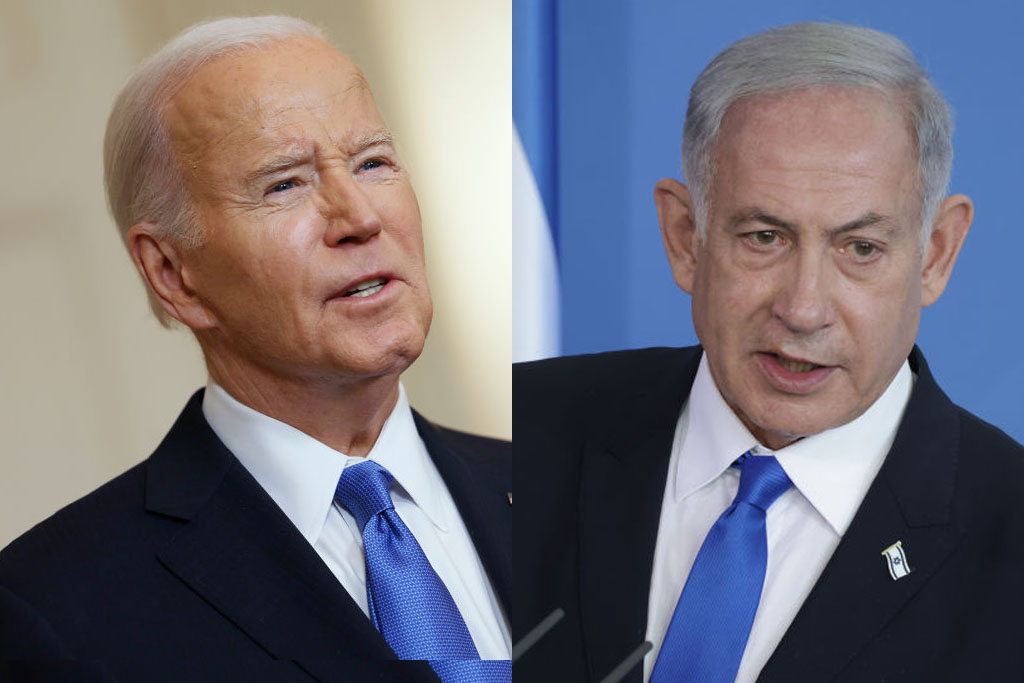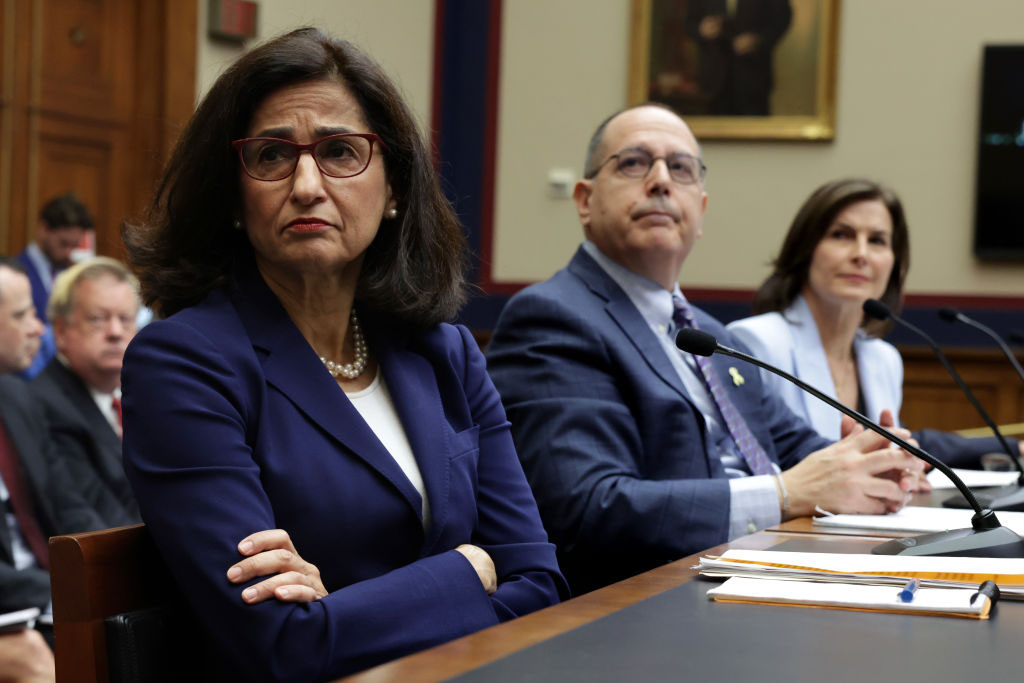Surfer legend Dorian “Doc” Paskowitz—“a modern-day Duke Kahanamoku”—was one of two members of a “mighty minyan” of Jews who, after World War II, helped found Temple Emanu-el in Honolulu and then played a significant role in the Zionist movement during Israel’s birth pangs and early years. The other was far-sighted businessman Nathan Liff.
Paskowitz’s recent obituaries, including one in the Jewish Journal, largely emphasized the second half of his life when he relocated to California and, with his third wife, Juliette, a statuesque Mexican-American beauty with both indigenous American and Jewish converso roots. She bore him a daughter and eight sons—a blend of the Brady Bunch and Beach Boys—whose quixotic twenty-year travels in a cramped family camper between Pacific, Atlantic and Gulf Coasts made them “the first family of American surfing.” Patriarch of a charismatic clan made up of trailer-educated kids, Paskowitz emerged as the original Jewish soul surfer, a countercultural icon before there was a counterculture, and a guru of holistic health care married to the surfer cult. See the movie, Surfwise (2008).
Less attention has been given to the first half of his career in Honolulu and Israel. Born in Galveston, Dorian became “Doc” Paskowitz in 1942 when he graduated Stanford’s Medical School, but he had earlier been drawn to Oahu’s pristine beaches, arriving in steerage on the President Taft in September, 1939. After Pearl Harbor, he became a public health doctor and president of Hawaii’s branch of the American Medical Association. Paskowitz met Nathan Liff in 1946, the year he arrived from Indiana with a government contract to buy surplus war materiel stored at the naval air station.
Liff as a teenager in Russia after the Kishinev Pogrom hid weapons in an abandoned well for Jewish villagers to use in self-defense. As an immigrant to the U.S., he decided to learn English by joining the Army, serving in the Panama Canal Zone before and during World War I. After Liff’s family were Delphos, Ohio’s only Jews, the heavily-accented Liff was elected president of the Chamber of Commerce. In 1929, he persuaded the Kiwanis Club to pass a resolution urging the State Department to do what it could to help “the Jews in the Holy Land” who were under attack by Arab rioters.
Newly arrived in Honolulu in the wake of the Holocaust, Liff stayed at the Royal Hawaiian Hotel where pineapple juice flowed from the drinking fountains. But Liff soberly focused on the debate over Palestine’s future, soon to reach the new United Nations. In Palestine, the Jews fighting for self-determination were embattled Davids, partly because of their prewar preference for investing in “farms not arms.” The fledgling Haganah trained not with rifles but broomsticks.
Liff had learned of David Ben-Gurion’s 1945 trip to the U.S. to establish an American support and procurement network for the Haganah. Jewish businessmen created the Sonneborn Institute, and a distribution network, Materials for Palestine (MFP) which sent tents, clothing, radios, and ambulances to the Holy Land. It acquired ships like the famous Exodus, with 4,500 Holocaust Survivors and Displaced Persons aboard, to try to run the British blockade. On a trip to New York, Liff connected with the Sonneborn Institute.
Back in Hawaii, Liff met Hank Greenspun, later famous as the courageous anti-McCarthy Las Vegas publisher, but in 1947 a former Captain in Patton’s Third Army. Greenspun had been sent to the Islands by Al Schwimmer, a wartime TWA flight engineer who set up a small aircraft business in Burbank to recondition C-46 and Constellation transports and B-17 Flying Fortresses for eventual shipment to Palestine. Liff had Pratt and Whitney engines in his yard, but what impressed Greenspun, a veteran of the Normandy Campaign, were the hundreds of surplus .50 and .30 caliber machine guns.
Seeing the furnaces in Hawaii for smelting down aluminum scrap into ingots, he murmured to Liff that they reminded him of the Nazi gas ovens. “Don’t believe for one second,” Liff responded, “that I am not remembering also.”
Greenspun noticed open crates of new machine guns and gun barrels still wrapped and coated with grease as Liff’s yard. Wearing an aloha shirt, Liff told him: “take what you need. Forget about money. It’s all yours.” Actually, Greenspun paid $1700 to ship 58 crates stateside, with an additional $5,000 paid by Honolulu Jews like Paskowitz.
By the time the 35 tons of armaments had reached Los Angeles for transshipment to Mexico and then on to Palestine, the UN’s 1947 Partition Resolution had been passed. To circumvent the continuing U.S.arms embargo, Greenspun put the crates on a yacht that almost sank in San Pedro Harbor. Ultimately, the cargo was transported to the port of Tampico for loading on the Kefalos. The machine guns reached the Haganah, renamed the Israel Defense Forces (IDF), in October, 1948, just in time to play a role in Israel’s defeat of an invading Egyptian Army in the climactic Battle of the Negev.
In 1949, this gun running episode landed Greenspun and Schwimmer in federal court where Liff was subpoenaed to testify. Schimmer and three other were convicted of the most serious charges, though with a jury recommendation of leniency, Greenspun pled guilty to a lesser charge. President Kennedy ultimately granted pardons.
In the early 1950s, Nathan Liff returned to the Mainland, dying in Nashville in 1963. Yet he left his mark in Hawaii. Temple Emanu-el’s organ still bears a plaque inscribed in honor of Liff’s wife, Fanny. His generosity is also imprinted on the memories of surviving Jewish refugees from Shanghai, who, after being packed like cattle for weeks aboard the President Line, arrived in Honolulu in 1947. The Honolulu operation was an early marker on the road leading Al Schwimmer to his role helping found the Israeli aircraft industry.
In 1956, “Doc” Paskowitz left Hawaii, his medical practice, and his loveless second marriage, for a year in Israel where he brought six surfboards to train Israeli lifeguards how to surf the Mediterranean. Half a century later, he returned to Israel where he cofounded Surfing for Peace to put boards in the hands of unemployed, boardless Palestinian surfers. A noble but naïve project that Nathan Liff would probably have “kicked the tires” and refused to embrace. As Dorian always said, “Shalom-Aloha”
*Historian Harold Brackman is coauthor with Ephraim Isaac of 'From Abraham to Obama: A History of Jews, Africans, and African Americans' (Africa World Press, forthcoming).






















 More news and opinions than at a Shabbat dinner, right in your inbox.
More news and opinions than at a Shabbat dinner, right in your inbox.